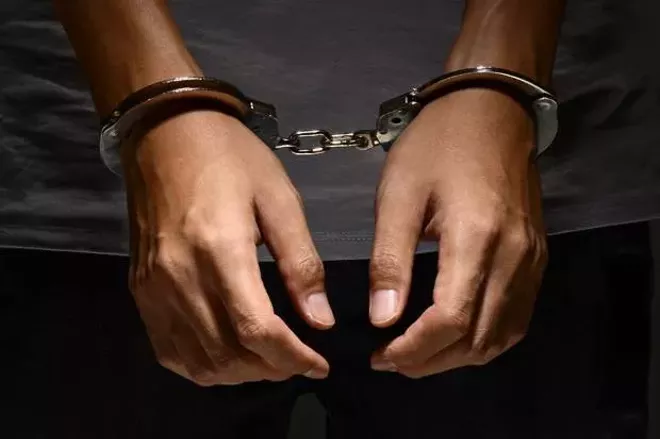Thursday, July 27, 2017
Arrests in Spokane Public Schools are down, but racial disparities persist

Although just less than a third — 32 percent — of the Spokane Public Schools population are students of color, they accounted for slightly more than half of the total of 101 SPS students arrested during the 2016-17 school year.
Spokane Public Schools has reduced the number of student arrests by 85 percent, with 99 students arrested in the 2016-17 school year compared to 806 students the year before, according to district data.
But one thing hasn't changed: students of color are more likely to be arrested than white students.
Of the 99 students arrested this past school year, just under half, 47, were students of color. Yet in Spokane Public Schools, those students make up only 32 percent of the population.
"The arrests are not representative of Spokane Public Schools at all," says Nikki Lockwood of the Every Student Counts Alliance, a student advocacy group comprised of several organizations. "It is very concerning."
Mark Sterk, Spokane Public Schools director of safety, risk management and transportation, says he doesn't know why the disparity exists. The focus of the campus resource officers, he says, has been on fewer incarcerations.
"It doesn't matter what ethnicity kids are," he says. "We're just trying to reduce the number of arrests."
The district overall has embraced restorative practices aimed toward reducing out-of-school discipline. Since then, suspensions have dipped significantly. Suspensions districtwide for the 2016-17 school year dropped 25 percent compared to the year before. While racial disparities have improved when it comes to suspensions, nonwhite students, a third of the population, still make up 41 percent of suspensions, according to district data.
When it comes to arrests, the effort to reduce overall numbers — for all races — has been more successful, though, simultaneously, the racial disparities remain wider than the suspension rates.
Spokane, according to a report by the American Civil Liberties Union in Washington, is the only district in the state that employs its own resource officers, instead of contracting with local law enforcement agencies for in-school police. The campus resource officers are unarmed. If an incident requires an armed officer, CROs are trained to call the Spokane Police Department of the Spokane County Sheriff's Office.
Vanessa Hernandez, ACLU Washington Youth Policy Director, points out that nonwhite students being arrested more than their white peers is a problem nationwide.
"I appreciate that there has been a reduction in the overall numbers of arrests on campus, and I think that is important and a testament to the attention that the district has focused on this issue," she says. "But simply reducing the number of arrests doesn't address all of the problem."
Hernandez says implicit bias could be responsible for the disparate number in arrests. Studies have shown that black boys and girls are perceived as less innocent than their peers by adults in schools.
Sterk, however, says the campus resource officers make arrests "based on what's happened" and not based on the color of a kid's skin. Still, he says the data provides a baseline that he says the district will examine for how to improve, and he notes resource officers are getting more training in de-escalation techniques.
Many of the kids that resource officers arrest, Sterk says, have been contacted by resource officers before. He says the district is looking at ways of providing support to kids after that first contact — before an arrest occurs — in order to prevent kids from being involved in the criminal justice system. Resource officers are also being trained in how to become better communicators cross-culturally, he says.
"One of the things driving that is we look at the data and we wonder, how do we do this better?" he says. "Is there an opportunity to do that better and not arrest as many kids of color?"
This story has been updated with revised arrest data provided by Spokane Public Schools.
Tags: student arrests , campus resource officers , Spokane Public Schools , school-to-prison pipeline , News , Image














